New Year in Japan, as in many nations around the world, is about family, celebrations and looking ahead to the coming 12 months.
Traditionally, families would spend the last few days putting their financial affairs in order, cleaning the home, and cooking enough to last them through several days of the shops being closed, prior to kicking back come December 31st and putting the stresses of everyday life to one side for at least a few days of family centered fun.
In the early years of the 21st century, however, whilst many of the more obvious visible traditions such as various forms of decoration displayed around the home and the wearing of kimono when first visiting the local shrine or temple persist, much of the meaning has vanished from a traditional Japanese New Year in as far as the eats go.
Where once a family matriarch would spend days preparing sweet black beans, ozoni soup, mochi rice cakes and a myriad of other much anticipated morsels for the family to wake up to on the 1st, families are now as likely to order in the food they consume over the festive period–from a hotel or catering agency specialising in beautifully presented boxed lunches only thinly veiled as traditional. And, should they have forgotten anything, a condiment here, an ingredient there, they can just as likely nip out to the local 24/7 supermarket to pick up the missing item. Gone are the days seen as recently as the late 90s of the vast majority of stores being shuttered from the evening of the 31st to the 3rd or 4th of January. New year 2010, as has been the case for several years now will be another in which convenience trumps tradition and stores open as usual on January 1st.
Fortunately, for casual visitors to enjoy, or just the simple visual aesthetic if nothing else, the Japanese preference for kimono, at least on the ladies, has not yet been dispensed with. The days immediately following the 108 strikes of the temple bells at midnight on the 31st to remove 108 human sins, is the best time to catch sight of the locals decked out in colorful kimono and obi sashes as temple forecourts become a catwalk of sorts for young and old out to put their hands together as they seek the protection and fortunes of the gods for the coming year.
Ahead of the prayers that essentially form the final portion of traditional observance during the seasonal festivities though comes the decoration of the home with ornaments large and small–all aimed at appeasing gods resident in the home, and to prevent misfortune from entering the front door.
One of the more obvious of decorations seen when visiting a Japanese home or business is the ‘kadomatsu’, a clump of thick bamboo sliced off at a diagonal and positioned together with a branch or two of pine–both linked to old world Japan and the desire for purity that emanates from the domestic Shinto religion. The kadomatsu is normally placed beside, or on either side, of an entrance door to protect both the home and its residents from the ill-effects of lingering misfortune outside. A similarly protective item can be seen year round in the form of a small dish of salt, a purification agent in both the east and west through the centuries and also the material tossed pre-bout by sumo wrestlers to cleanse the ring as they enter.
Inside the home, positioned in or near the family shrine if one exists, or in a protected shelf-like position if not, is the ‘kagamimochi,’ a kind of multi-storied mochi rice cake offering often topped with a small orange-like fruit. In days of old a shrimp would be positioned ‘standing’ adjacent to the kagamimochi although this is rarely seen nowadays.
In terms of spiritual cleansing of the inner-being before New Year, another pre-temple or shrine visit concept often practiced by residents of Tokyo at least is the consumption of soba noodles as the final hours of the old year tick down on New Year’s Eve. With soba, a long buckwheat noodle particularly popular in eastern Japan, the concept of length equates to the desire for a long and healthy life in those eating it. This popular end-of-year dinner ritual is often topped with a piece of tempura from vegetables or fish; ‘ebi’ shrimp a common choice in many of the working class areas of northern Tokyo in what is perhaps a way of preventing the shrimp once used with the kagamimochi from going to waste.
Story by Mark Buckton
From J SELECT Magazine, December 2009

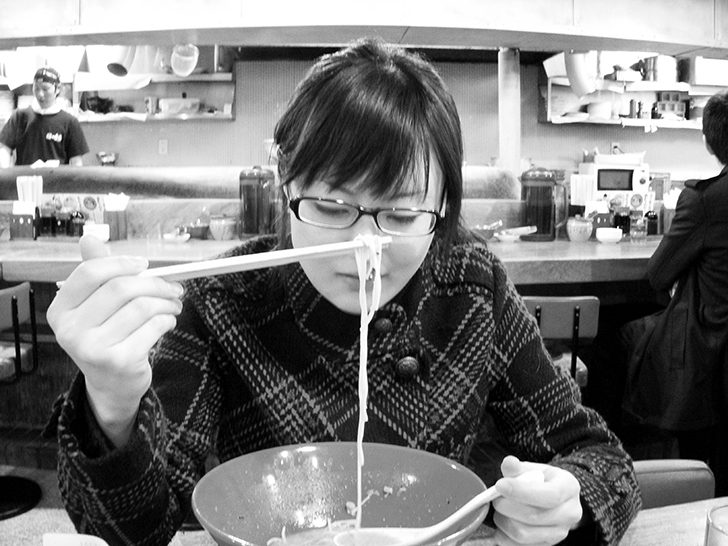




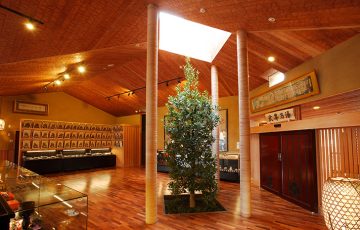
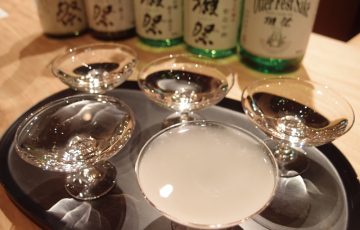
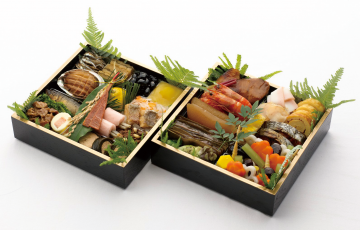
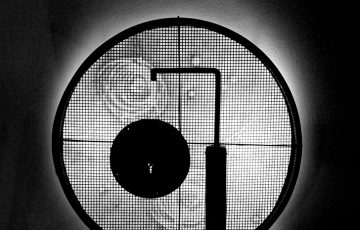
-360x230.jpg)
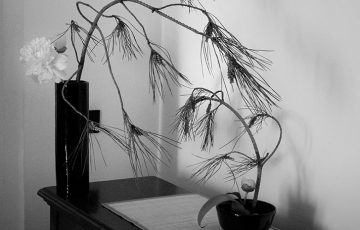
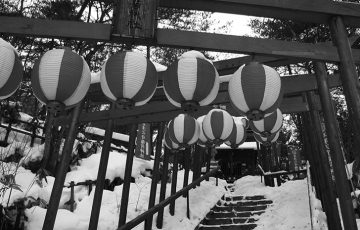


Recent Comments